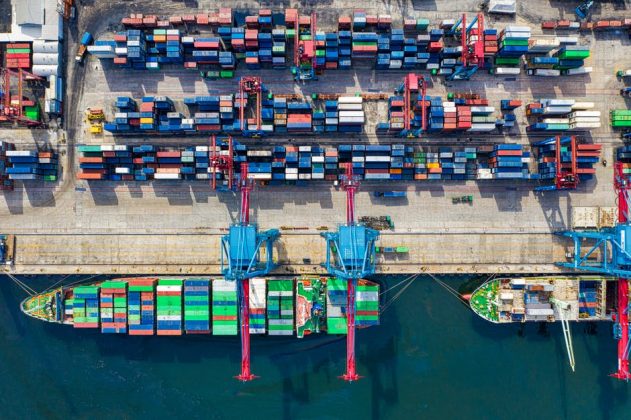

Newspapers, wooden pencils, machinery, caskets, unassembled furniture, food items, automobile engines In the table below you will see samples of goods that are usually found in each class.įits on standard shrink-wrapped 4X4 pallet, strapping material, flourīricks, cement, mortar, hardwood flooring, cloths or rags, magazines, copy paperĬar accessories & car parts, steel cables, used tires, stone blocks, glass, moldingsĬar parts & accessories, bottled beverages, books in boxes, conveyors, chocolate in boxes, electric cords, tile

Wrong freight class amazon seller bol code#
Freight Class Chart and NMFC Code List Lookupĭifferent commodities have a different combination of these four factors and this NMFC codes list divides them into 18 classes numbered from 50 to 500. An item that is a class 50 will be cheaper to ship than an item that is class 500. This part is simple - the lower your class, the lower the price. Liability: Liability takes into account the probability of the shipment being damaged or stolen, or damaging other adjacent freight – as well as the perishability or possibility of freight theft of the item. Dimensions, fragility and packaging play a role in how difficult an item is to handle. Handling: Handling concerns the item’s ability to be handled as the freight is loaded and unloaded from LTL terminal to LTL terminal. This takes into account hazardous shipments (which cannot be moved with non-hazardous shipments) or items with strange dimensions that make it difficult to load freight around them.

A good rule of thumb is to think of it as an item’s ability to be “stowed” or transported in relation to other items. Stowability: Stowability means how the shipment can be arranged with other freight in the transport vehicle. This means they can fit more product on their truck, which means more cash in their wallets. This may seem backward at first glance, but consider this: carriers love shipping freight that is heavy and doesn’t take up much space compared to its weight. The higher the density, the lower the class and ultimately, the lower the cost. Check out our freight density calculator to determine your item’s density in pounds per cubic foot. The NMFC determines this class using four characteristics: Density, Stowability, Handling and Liability.ĭensity: An item’s density is determined by its weight and dimensions. The National Motor Freight Traffic Association (NMFTA) defines a class as a way “to establish a commodity’s transportability.” The National Motor Freight Classification (NMFC) is the standard which enforces this system, grouping commodities into one of 18 classes – ranging from 50 to 500. What is freight class? How do I find mine? How does the class affect my shipping price? Read on, my friend! You’re in the right place. Freight Class is an important part of the LTL shipping industry, but one that most new shippers are confused by.


 0 kommentar(er)
0 kommentar(er)
